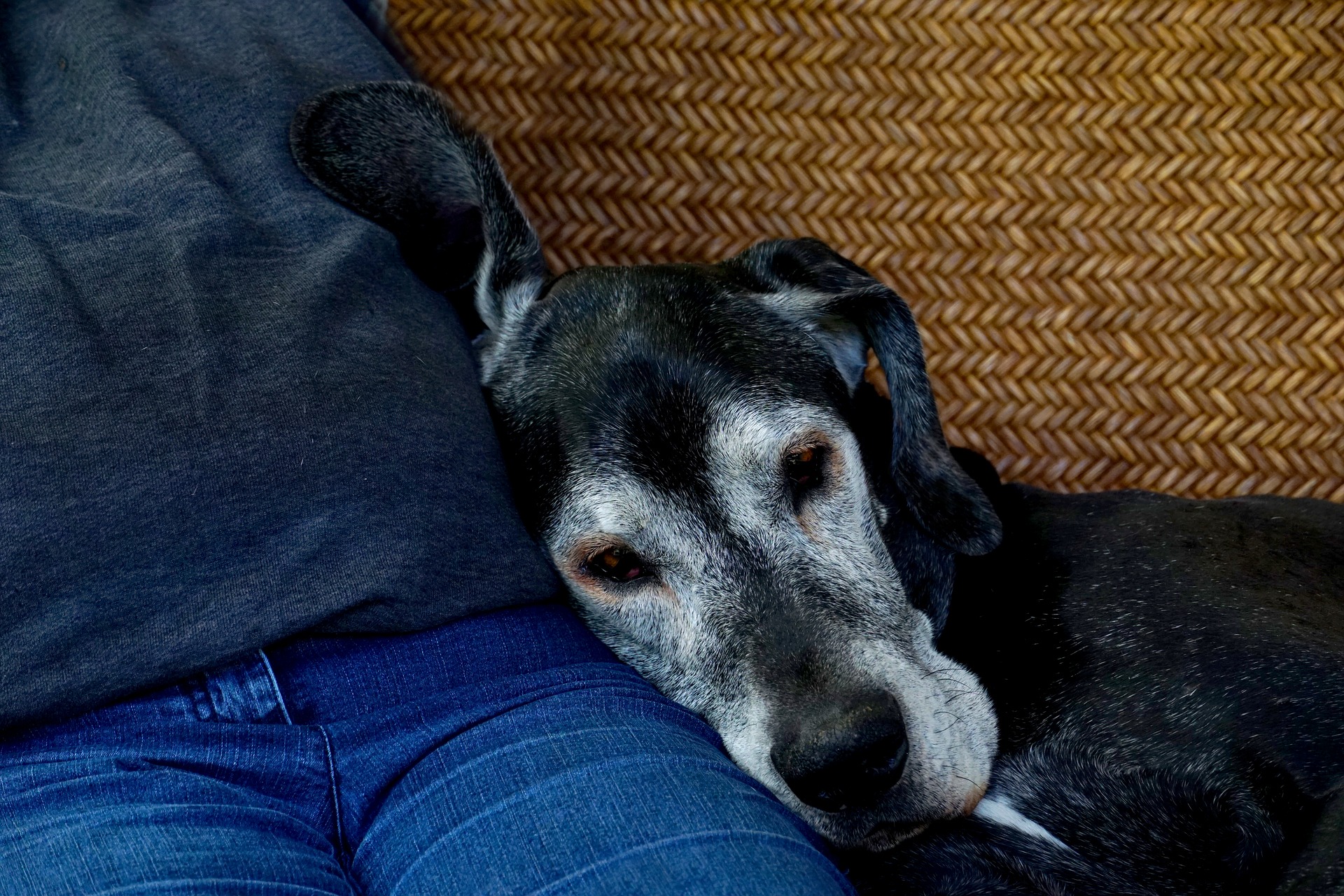Dr. Phil Zeltzman’s Blog
What Is Quality of Life For a Pet?
I frequently have difficult conversations with pet owners that revolve around quality of life.
Most recent examples include:
. Is it ethical to perform ACL surgery in a pet with cancer?
. Is it reasonable to perform surgery in a 13 year old dog with laryngeal paralysis (ie who suffocates around the clock)?
. Is it fair to amputate a pet who has non-operable cancer on a leg?
It certainly depends on the situation, but overall the answer is YES – for the right pet and the right pet owner.

Pets don’t need a vacation home, stock options or designer clothes.
What they do need is being able to eat, drink, breathe, walk, urinate, defecate, groom and sleep – all in a pain free manner. And hopefully, you can expect a little tail wag here and there from a dog and a happy meow from a cat.
This list is certainly debatable, I admit it. One could add that a pet should be free of loneliness, fear and boredom. But I think the short list is a good starting point when you consider medical conditions.
If any of these basic bodily functions doesn’t take place, or if it occurs with difficulty, discomfort or pain, then your pet has a decreased quality of life.
What can you do then? You need to start by having a serious conversation with your family veterinarian. Or a board-certified surgeon.
Questions that need to be answered are:
. Is my pet suffering?
. Why is my pet painful?
. How can we decrease the pain?
. Can medications help?
. Can surgery help?
Of course, you may not hear the real story, the truthful story, because some people may not be bold or upfront enough to tell you what you need to hear.
I regularly talk to clients whose cat has been beyond constipated for YEARS before they got help (surgery is the only realistic solution).
I regularly talk to clients whose dog has been struggling to breathe for months or even years before they sought help (surgery is the only realistic solution).
I regularly talk to clients who had been told that a skin mass is not a big deal, or that a mass cannot be removed… when it truly is a big deal, and it absolutely can and should be removed.
Of course, surgery is not always the only option, I’m much more objective than that!
If your dog limps, pain medications, surgery, joint supplements, weight-loss or a “joint food” might help.
If your pet has a hormone imbalance, medications may solve the problem. The list goes on…
How can you tell if your pet’s quality of life is changing?
One subjective but simple way is to use a scale from 1 to 10, 1 being the poorest quality of life and 10 being the best. If you rate your pet as a 9 in January and a 2 in May, then it is time to face the evidence. It’s time to have a heart-to-heart discussion with your family and your veterinarian about what can realistically be done.
If you are starting to wonder about your pet’s quality of life, here is my suggestion: print a few copies of the “HHHHHMM” Quality of Life scale. Then fill in one table regularly – monthly, weekly or even daily depending on the situation.
This will help you see a trend more objectively: is your pet’s status the same, better, or worse than last time you assessed the situation?
Remember this very important concept: “age is not a disease.” Just because a pet is 12 or 14 or 16 years old does not mean you should give up easily. That said, if neither pain management nor medical and surgical treatments can help, then maybe it is time to consider euthanasia.
As emotionally and ethically difficult as it is for a pet owner, the whole family, and the veterinarian and his/her staff, euthanasia is sometimes the only reasonable, humane solution. It may be the only way your pet finds relief.
Quality of life includes your pet’s right to stop suffering with dignity once all reasonable options have been exhausted.
Phil Zeltzman, DVM, DACVS, CVJ, Fear Free Certified

Dr. Phil Zeltzman is a traveling veterinary surgeon in Pennsylvania & New Jersey. An award-winning author, he loves to share his adventures in practice along with information about vet medicine and surgery that can really help your pets. Dr. Zeltzman specializes in orthopedic, neurologic, cancer, and soft tissue surgeries for dogs, cats, and small exotics. By working with local family vets, he offers the best surgical care, safest anesthesia, and utmost pain management to all his patients. Sign up to get an email when he updates his blog, and follow him on Facebook, too!

